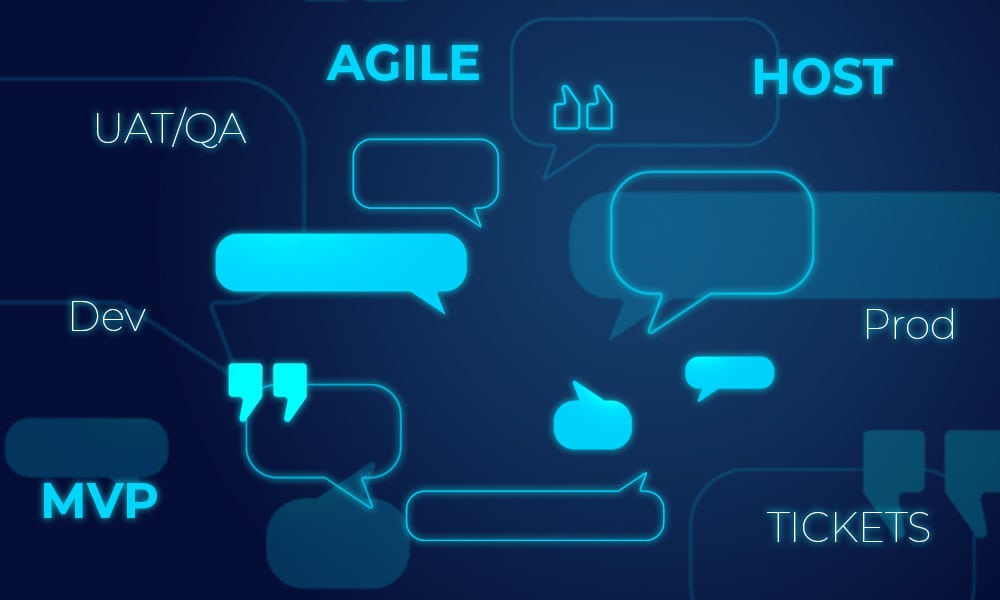When it comes to delivering digital solutions, whether it’s a custom website, app, or internal tool, how your project is managed matters. Choosing the right approach can make the difference between a successful launch and a drawn-out, over-budget build.
Two common approaches are the Agile methodology and the Waterfall model. Understanding how these differ, and why Agile is generally a better fit for modern development, can help businesses make informed decisions about their digital projects.
Waterfall: The Traditional Approach
The Waterfall model is a linear and sequential approach to software development. Each stage such as planning, design, development, testing, and deployment must be completed in order with little overlap.
A key feature of this model is the Business Requirements Document (BRD), a detailed specification created upfront that aims to define the entire scope of the project before development begins.
This method works well in environments where:
- Requirements are unlikely to change
- Timelines are fixed
- There is limited stakeholder involvement during the build
However, in practice it often leads to the following:
- Inflexibility, making it hard to adapt to changes mid-project
- Delayed value, since the final product is only delivered at the end
- Misalignment, with outdated or misunderstood requirements slowing things down
Agile: A Flexible, Iterative Model
The Agile approach is built on the idea of short, iterative cycles called sprints along with continuous collaboration. Instead of locking down the full project scope upfront, Agile teams focus on building and refining features over time using frequent feedback and user input.
Rather than relying on a BRD, Agile projects are guided by user stories. These are short descriptions of functionality from the user’s perspective. For example:
As a customer, I want to receive order confirmation emails so that I know my purchase went through.
These lightweight stories promote discussion and alignment while keeping the user at the centre of the process.
Agile development is well suited to businesses where:
- Projects need to respond quickly to user or market feedback
- Teams value collaboration and flexibility
- Budgets and scopes are likely to evolve during development
Benefits of Agile Over Waterfall
- Faster Value Delivery Agile delivers working features early, allowing businesses to see results sooner.
- Built for Change New ideas, market shifts, or user insights can be added at any stage, unlike the Waterfall method.
- Client and Stakeholder Involvement Ongoing input keeps projects aligned and reduces surprises during delivery.
- Higher Quality Outcomes Regular testing and improvements throughout the project result in better overall quality.
- User-Centred Development User stories help ensure the team is building exactly what the end user needs.
Conclusion
Whether you are launching a new platform, building internal tools, or enhancing your customer experience, choosing an Agile approach helps your project remain adaptable and user focused. It also makes it easier to stay aligned with changing business goals.
At Twin Fire, we help businesses deliver digital solutions using Agile methodology. Our focus is on transparency, flexibility, and better outcomes.
Not sure which development approach is right for your next project?
Get in touch for a free consultation. We will help you assess your options and choose the best path forward.



